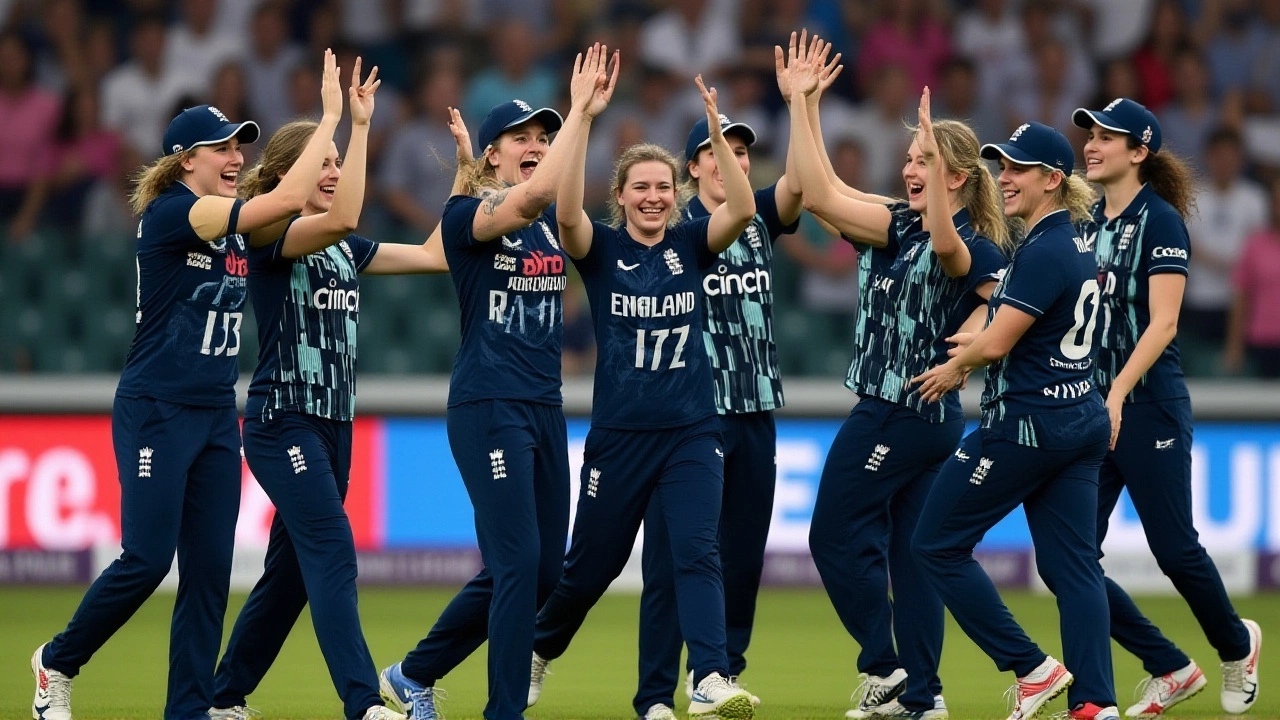India Women's Cricket: Rise, Impact, and Future
When talking about India women's cricket, the organized form of cricket played by Indian women at international and domestic levels. Also known as Women's Cricket in India, it has grown from a niche activity into a major sporting force, thanks to strong governance, media attention, and standout talent.
The sport is overseen by the Board of Control for Cricket in India (BCCI), the national body that funds, schedules and promotes cricket across genders. Internationally, the International Cricket Council (ICC), the global governing organization that runs World Cups and rankings sets the competition framework. At the domestic level, the Women's Premier League (WPL), a franchise-based T20 tournament launched in 2023 gives players a high‑profile platform to showcase skills and earn professional contracts. Star athletes like Harmanpreet Kaur, captain of the national side and a leading all‑rounder serve as role models for the next generation.
Key Milestones and Current Landscape
India women's cricket encompasses several sub‑domains: international tours, ICC tournaments, domestic championships, and grassroots academies. The 2017 Women's World Cup final – a historic loss to England – sparked a nationwide push for better infrastructure, leading to the launch of the National Women's Cricket Academy in 2020. Since then, the team has secured a bronze medal at the 2022 Commonwealth Games and reached the semifinals of the 2022 ICC Women's World Cup, proving that investment yields results. Meanwhile, the WPL’s inaugural season attracted global stars, raising the competition’s standard and providing Indian players with exposure to varied playing styles.
India women's cricket requires robust talent pipelines. Grassroots programs in schools, state-level championships, and scholarship schemes feed the senior team. The BCCI has introduced a ‘Women’s Cricket Development Fund’ earmarked for coaching, fitness, and mental‑health support, while the ICC offers development grants that help emerging nations raise their game. Together, these initiatives create a virtuous cycle: strong domestic leagues produce better international performers, which in turn boost viewership and sponsorship, encouraging further investment.
Looking at the data, the team's batting average improved from 28.5 in 2015 to 33.2 in 2024, while the bowling strike rate dropped from 30.1 to 26.4 balls per wicket. These metrics illustrate how professional coaching, better facilities, and competitive exposure translate into measurable performance gains. Moreover, the WPL’s viewership numbers crossed 150 million in its first season, confirming that fans are eager for high‑quality women’s cricket content.
Beyond the numbers, cultural shifts are evident. More families now encourage girls to pick up a bat, schools schedule regular net sessions for both genders, and media outlets give equal coverage to women’s matches. The rise of streaming platforms has also made live games accessible to a broader audience, reinforcing the sport’s popularity across urban and rural areas alike.
Future prospects hinge on three strategic pillars: (1) expanding the domestic league structure to include a second division, (2) increasing the number of bilateral series to give players consistent international exposure, and (3) strengthening coaching pathways with former players taking on mentorship roles. If these steps are pursued, India women's cricket could realistically aim for a World Cup title within the next decade.
Below you’ll find a curated selection of articles that dive deeper into these topics – from policy changes and league analysis to player profiles and match recaps. Each piece adds a layer of insight, helping you understand where the sport stands today and where it’s headed tomorrow.

Speedometer glitch freezes fans as England pacer appears to hit 173 kph vs India
England pacer Lauren Bell's T20I debut saw a speedometer glitch claim she bowled 173 kph to Smriti Mandhana, sparking global buzz. The error was confirmed as technical, while England still won by nine wickets.